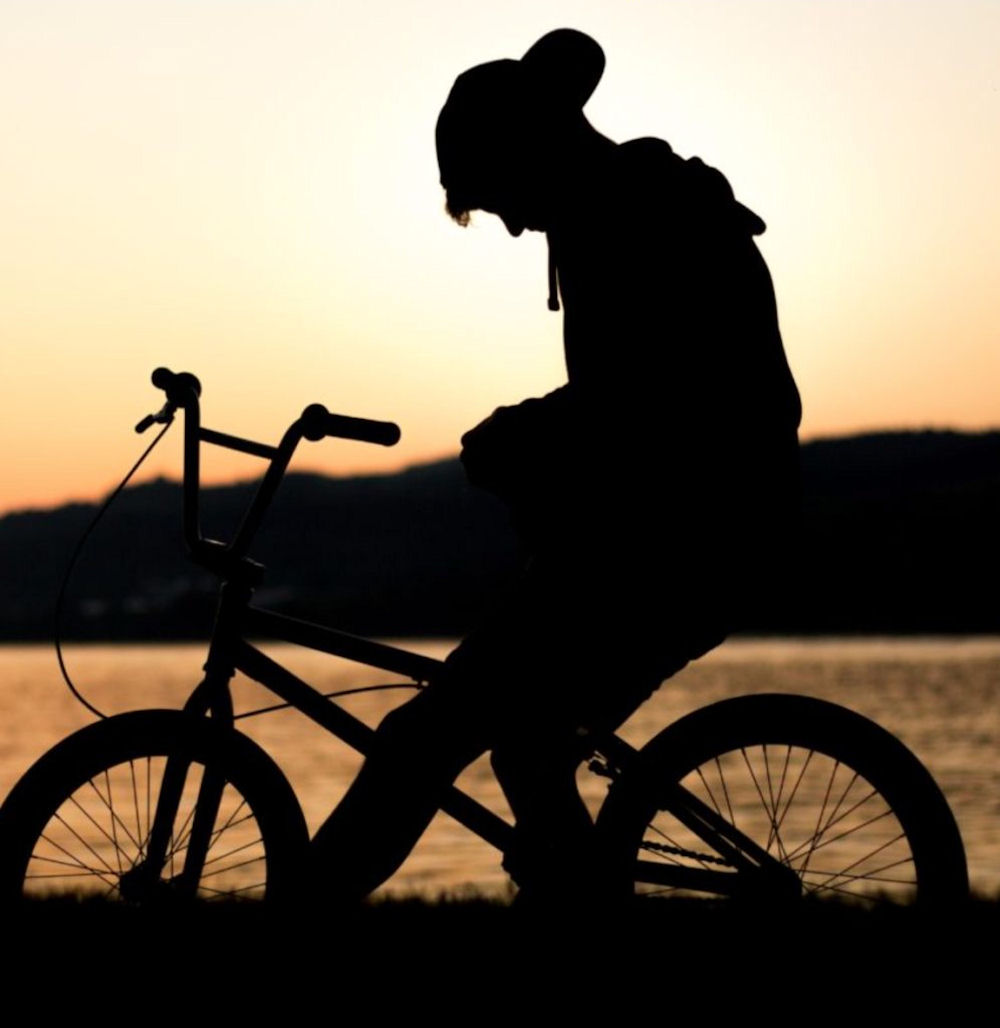Early-Onset Bipolar Disorder Treatment
Bipolar disorder commonly affects adults and people in late adolescence, but in some cases, it can affect children and teens. Those cases are known as early-onset bipolar disorder. The signs, symptoms, and effects of early-onset bipolar disorder may be different than those of other types of bipolar disorder. Take a look at some of the things that you should know about early-onset bipolar disorder.
Understanding Bipolar Disorder
Bipolar disorder is sometimes called manic depression or manic-depressive illness. It’s characterized by unusually extreme mood swings that go beyond the normal ups and downs that everyone experiences. These mood swings can affect the ability to think clearly and sleep properly.
The exact cause of bipolar disorder is unknown, but there are several possibilities. Bipolar disorder may have a genetic component, but it’s possible for one family member to develop bipolar disorder even if no one else in the family is known to have it.
Furthermore, when one family member is diagnosed, it doesn’t necessarily mean that other family members will develop bipolar disorder as well. Doctors are also studying ways in which brain structure and function may cause or contribute to bipolar disorder.
Bipolar disorder is an illness that usually lasts for a lifetime. It can be managed with medication, therapy, and other treatments, and people who have bipolar disorder can lead full and happy lives if treated properly. However, the disorder can’t be cured or eradicated completely.
Bipolar Disorder in Teens and Children
The symptoms of bipolar disorder in children and young teens often manifest differently than the symptoms experienced by adults and older teens. For example, adults experiencing a manic episode often feel energetic and euphoric, but children are more likely to be irritable and have disruptive – and sometimes destructive – outbursts.
Depressive episodes in adults may be characterized by feelings of sadness and low energy, but children often display physical symptoms during a depressive episode. They may complain of headaches, stomachaches, tiredness, and other nonspecific aches and pains.
Bipolar symptoms can have a profound effect on your child’s ability to succeed in school and participate in social situations with their peers, which can lead to feelings of inferiority and isolation and exacerbate existing symptoms.
Signs to Watch For
People suffering from bipolar disorder may have manic episodes, depressive episodes, or mixed episodes where they cycle through both manic and depressive states in a short period of time.
During a manic episode, your child may:
- Seem extremely happy, silly, or irritable.
- Have much more energy than usual.
- Talk too much and too quickly, sometimes rapidly changing topics without waiting for an answer or allowing themselves to be interrupted.
- Be highly distractible.
- Seem to need little sleep, possibly even staying awake for days at a time without ever seeming to tire.
- Have an inflated sense of self-esteem and self-confidence, to the point of being reckless and taking serious risks.
- Seem physically agitated and unable to sit still.
- Display signs of hypersexuality.
During a depressive episode, your child may:
- Have difficulty concentrating.
- Seem uninterested in activities that they previously enjoyed.
- Eat too much or too little.
- Have difficulty falling asleep or spend too much time sleeping.
- Seem to move more slowly than usual.
- Lose weight.
- Seem sad or irritable.
- Lose weight.
- Think or talk about death or suicide.
These episodes often go in cycles, so your child might display symptoms of both mania and depression within a short space of time. Symptoms can last for up to a week or two, or sometimes even longer.

Co-Occurring Disorders
Sometimes people with bipolar disorders also suffer from other disorders at the same time. These are known as co-occurring disorders.
ADHD is a common co-occurring disorder for children who have bipolar disorder, and the combination of ADHD and bipolar disorder can make concentration very difficult for children.
Anxiety disorders are also common in children who have bipolar disorder – they may suffer from separation anxiety, social anxiety, or general anxiety.
Substance abuse disorders are common in adults who suffer from bipolar disorder, and children who have bipolar disorder are also at risk of experimenting with and developing a dependence on drugs or alcohol.
People with bipolar disorder sometimes abuse substances as a way of self-medicating their symptoms or coping with emotions and moods that they cannot control, or they may be inclined to use substances during manic episodes because their inhibitions are lowered and they crave the risk.
Children who have bipolar disorder may start experimenting with substances earlier than same-aged peers for these reasons.
Diagnosing and Treating Bipolar Disorder
Diagnosing bipolar disorder isn’t like diagnosing the flu or cancer. There’s no blood test or scan that can definitively show the existence of bipolar disorder. Your pediatrician may refer you to a doctor who specializes in mental illnesses and mood disorders.
Your child’s doctor will ask you and your child questions about their mood, behavior, and family medical history. They may do tests to rule out other types of illnesses and conditions that could be causing the behavior.
Often, receiving a diagnosis of bipolar disorder can be a relief. Once you know what’s causing your child’s behavior, you can work with their doctor to make a plan for treating your teen’s bipolar disorder. Medications can be helpful in treating and managing bipolar disorder. Doctors generally prefer to start with the lowest dosage of medication that can help your child and work up from there if lower doses are not effective.
Not all medications work the same way on all people, and it may take one or more tries to find the right medication or combination of medications to best manage your child’s symptoms. This can be frustrating, but keep working with your child’s doctor to find the correct medication routine for your child.
Keep your child’s doctor informed about side effects and other problems so that they can make adjustments to your child’s prescriptions accordingly, and never take your child off of medication without consulting with their doctor first.
Some medications need to be stepped down gradually, and a sudden cessation can be dangerous. Therapy can also be used in combination with medications to help your child learn how to better manage their moods and symptoms.
Other Youth Mental Health Topics You May Find Helpful…
Symptoms of Borderline Personality Disorder in Teens
Some teens don’t have it easy. They’re inner life is filled with tumultuous thoughts and feelings and the thoughts about themselves are anything but positive. Borderline Personality Disorder (BPD) is […]
Continue ReadingHow to Respond to Teen Psychosis
Psychosis is a symptom of mind that can show up in adolescence, but for most teens it won’t. Yet, for those teens who do experience hallucinations and/or delusions, psychosis can […]
Continue ReadingHow Teen Borderline Personality Disorder and Bipolar Disorder Differ
There are some very close similarities between Teen Borderline Personality Disorder and Bipolar Disorder. And although this is true, these mental illnesses also have significant differences that are worth noting. […]
Continue ReadingTeen Borderline Personality Disorder: Signs to Look For
Sarah has a reputation among her friends as being very impulsive. Her emotions are erratic and she can get easy to anger. She tends to flirt with the males in […]
Continue Reading
Lucy Nguyen is the Executive Director at Paradigm Treatment, overseeing all clinical treatment programs across the organization’s southwestern region. Her extensive experience includes working with young adults in private practice, serving as a therapist for children and teens with emotional and behavioral needs, and acting as a behavior interventionist for teens with developmental disorders. Lucy integrates cognitive-behavioral approaches with mindfulness and compassion in her work, and she is also EMDR-trained. She holds a Master of Science in Counseling from California State University, Fullerton, and a Bachelor’s degree in Psychology and Social Behavior from the University of California, Irvine.

